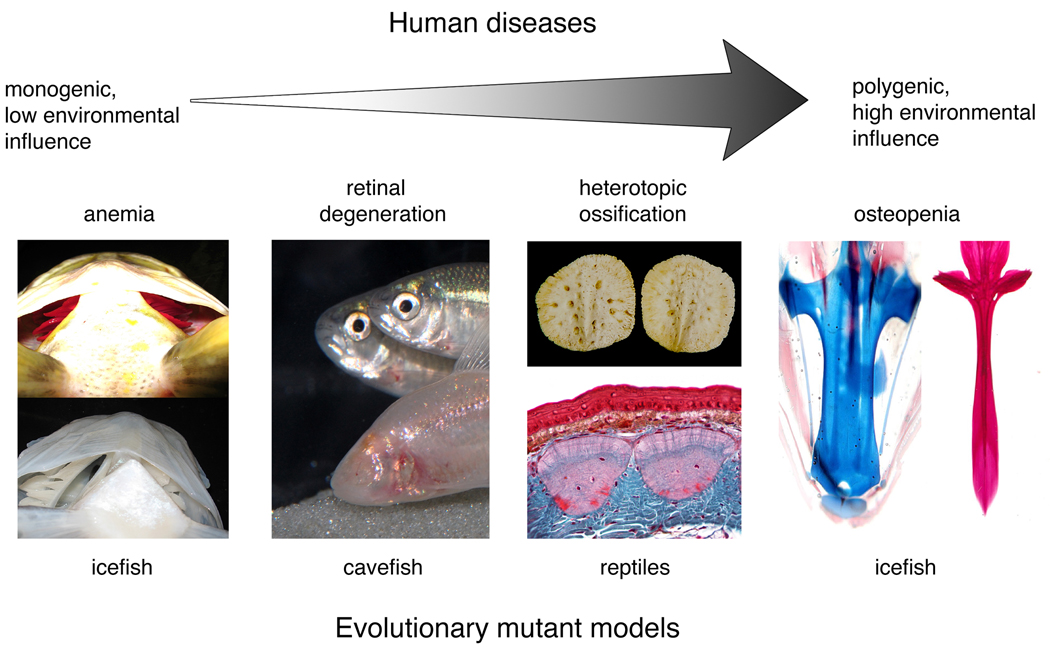Figure 1. Examples of evolutionary mutant models for human disease.
Evolutionary mutant models have the potential to reveal novel insight into the genetic basis of an array of different types of human diseases, from simple to complex. An example of a natural system that models a simple human disease is anemia in icefish. Note that the icefish (bottom panel) lacks red blood cells (as seen in the gills) compared to the closely related rockcod (top panel). Evolutionary mutants can also model complex human diseases including osteopenia in icefish. Note that the base of the icefish neurocranium is cartilaginous (blue, left panel) compared to the closely related rockcod, which has a mineralized neurocranium (red, right panel). Evolutionary mutants will also be useful for diseases in the middle of the continuum that are affected by alleles of major effect, but whose expression is complex and variable. Diseases of this type include retinal degeneration and heterotopic ossification, which are modeled by blind cavefish and reptile osteoderms, respectively. Cavefish image reproduced with permission from R. Borowsky. Osteoderm image courtesy of M. Vickaryous.

